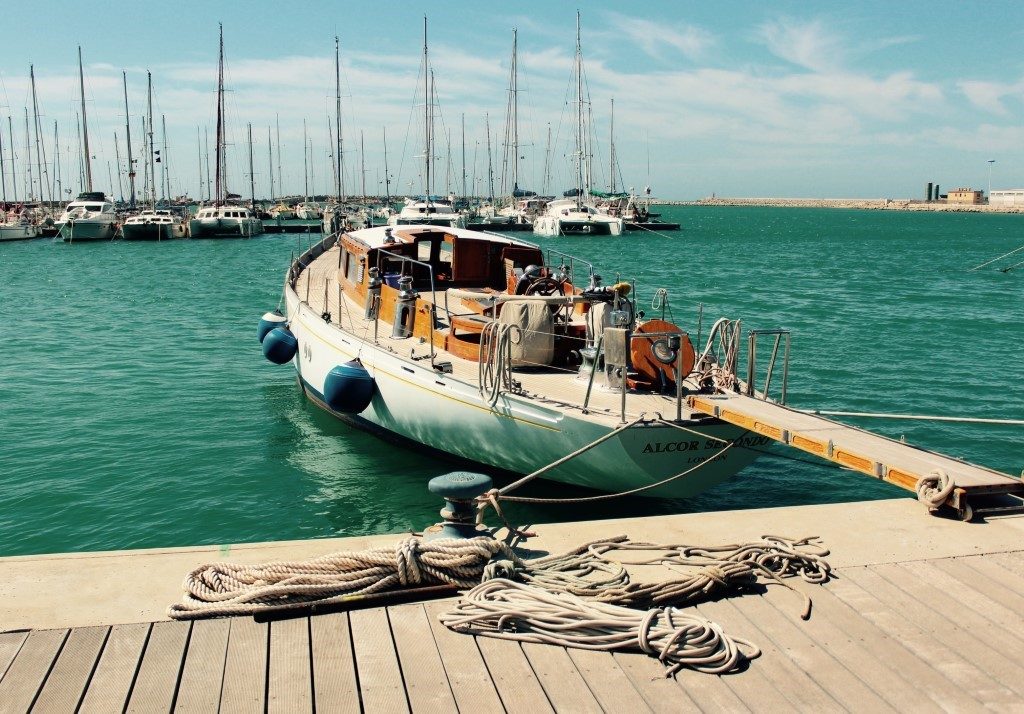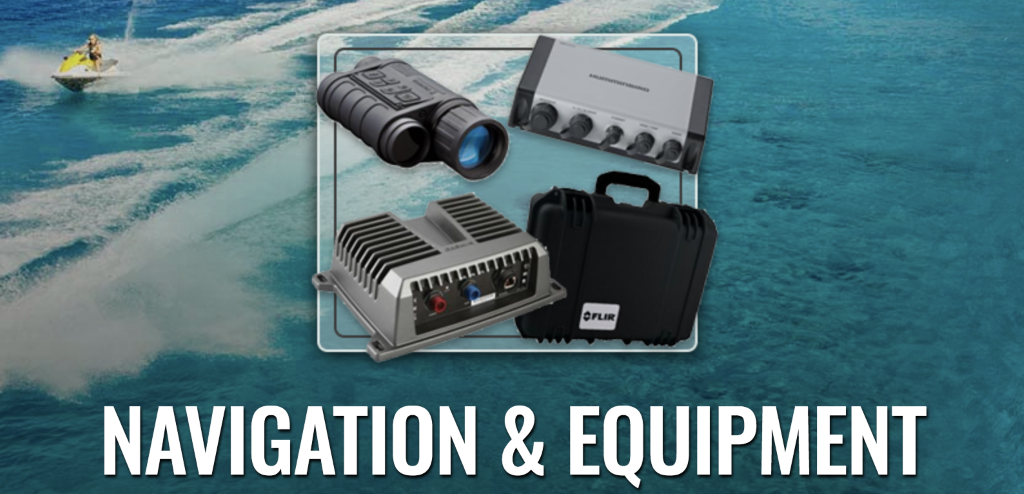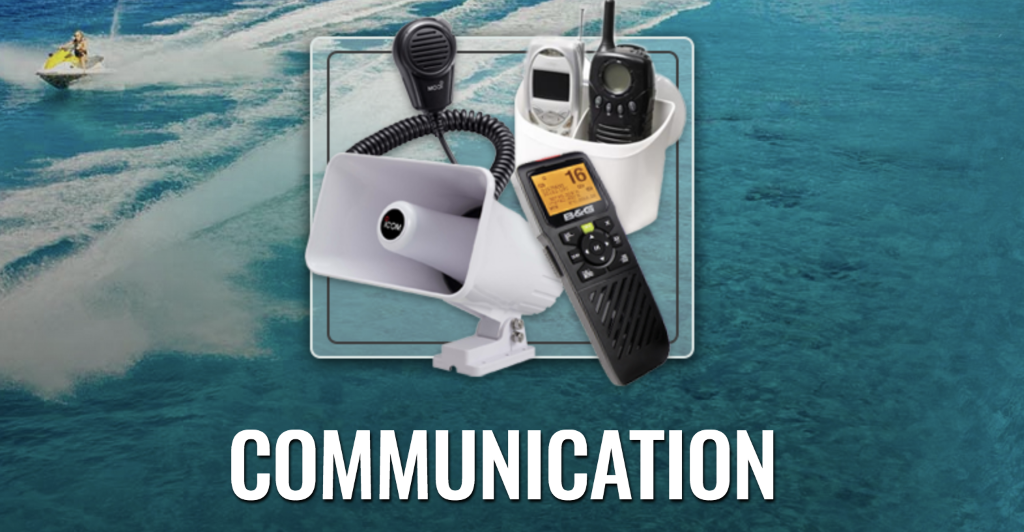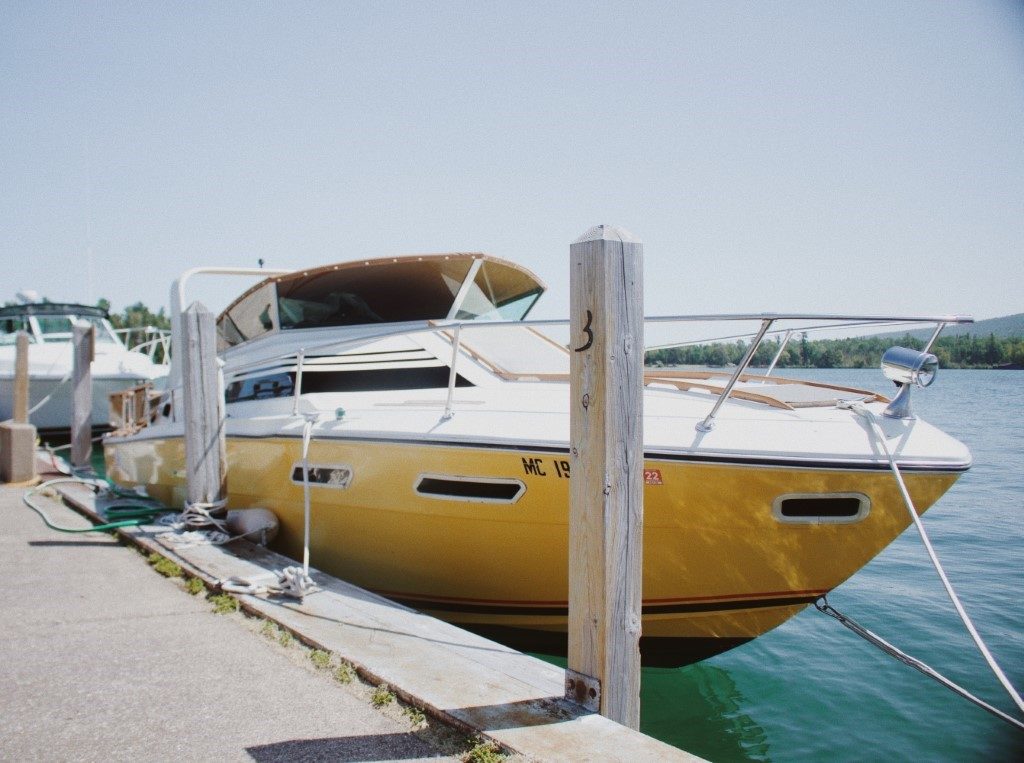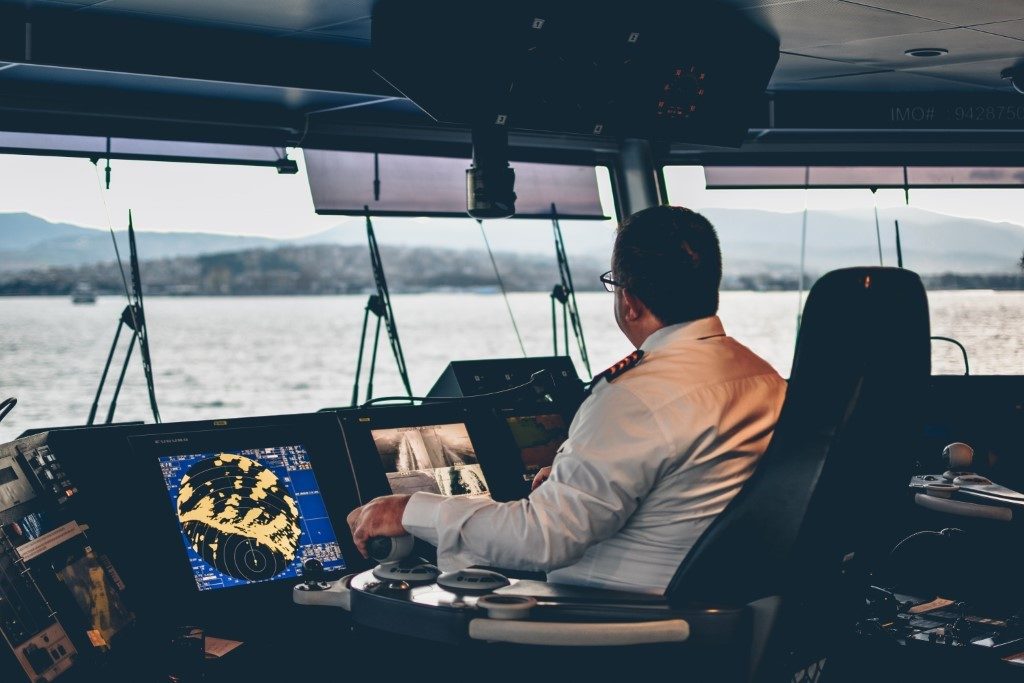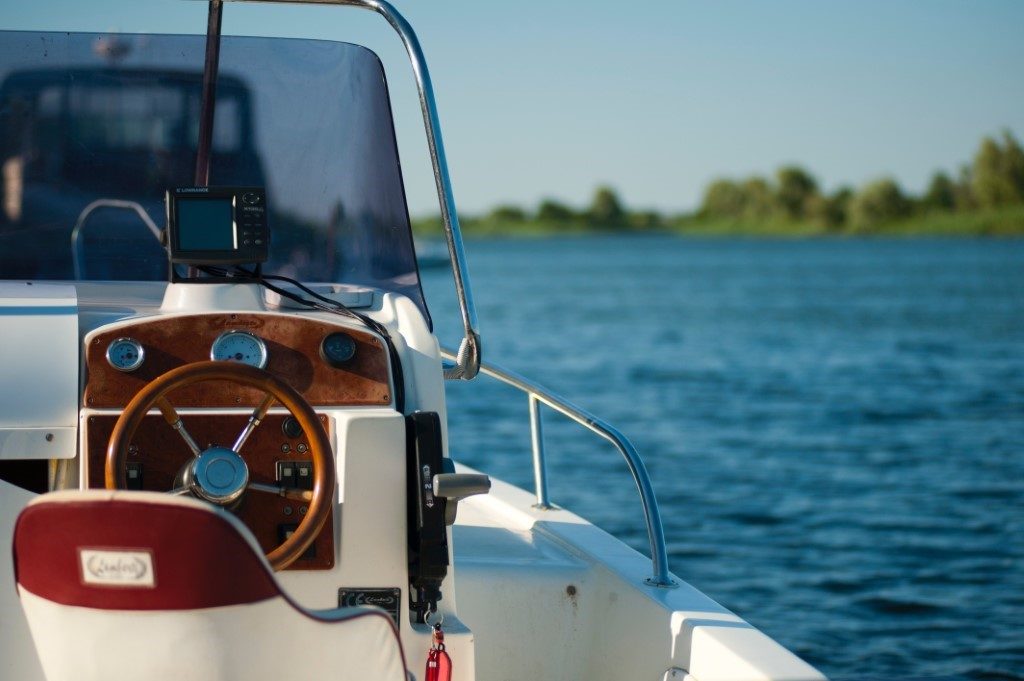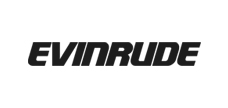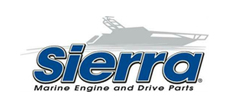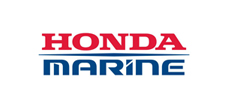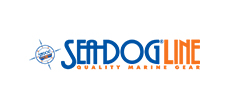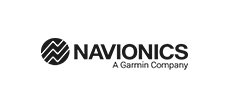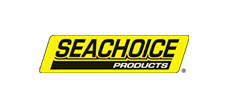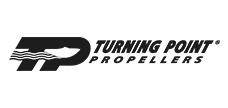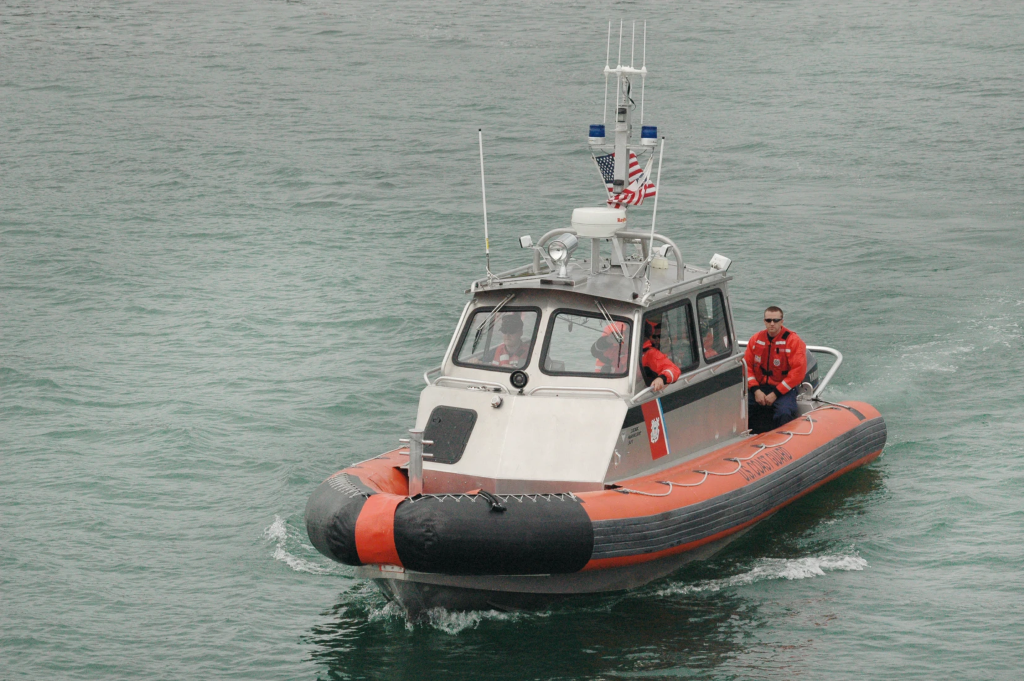
Basic safety items, gear, and equipment is a must, regardless of the size of your boat. From life jackets to items that offer assistance in rescue efforts or fire prevention, these safety items should always be on board your vessel (or on you).
While there is a bare minimum of required safety gear to have onboard your boat, there are also some highly recommended items that you’ll be glad you remembered to bring. Don’t get caught up in an emergency without having any of these safety items on-hand.

Life Jackets (PFDs)
Life jackets, also known as personal flotation devices (PFDs) are required to be on all boats within U.S. waters, and all boats over 16 feet are required to have a throwable flotation device
Regardless of the size of the boat, the number of people on board, or your destination, it’s always a good idea to wear a life jacket and have extra PFDs onboard. Life jackets are a key part of responsible boating and marine safety when you are out on the water.
According to the United States Coast (USCG) Guard’s 2018 annual report of recreational boating accident statistics, where the cause of death was known, 77% of fatal boating accident victims drowned. Of those drowning victims with reported life jacket usage, 84% were not wearing a life jacket.
The PDF you wear depends on the size of your boat, size and age of the user, and activity that is being performed.
- Type I PDFs are considered offshore life jackets.
- Type II refers to nearshore life vests.
- Type III are flotation aids (most commonly worn).
- Type IV are throwable devices (such as a ring).
- Type V are special-use devices (inflatable).
There are a variety of different types and categories of life jackets, ranging from wearable to throwable. According to the U.S. Coast Guard (USCG), there should be an allotted Type I, II, III, or V PDF or life vest for each passenger on board. Type V inflatable life vests can be worn by individuals over the age of 16 and must be worn on board at all times in order to be considered a PDF.
Life vests should be in good condition, accessible, USCG approved, and fit the individual they are intended for.
Each U.S. state has its own regulations for children’s life jackets. If the vessel is 16 feet or longer (except for kayaks and canoes), it must also carry an additional throwable flotation device (Type IV) onboard, such as a ring.
If you need a life jacket for your boat, check out our great selection of personal flotation devices and watersport life vests in a variety of sizes, colors, and styles.
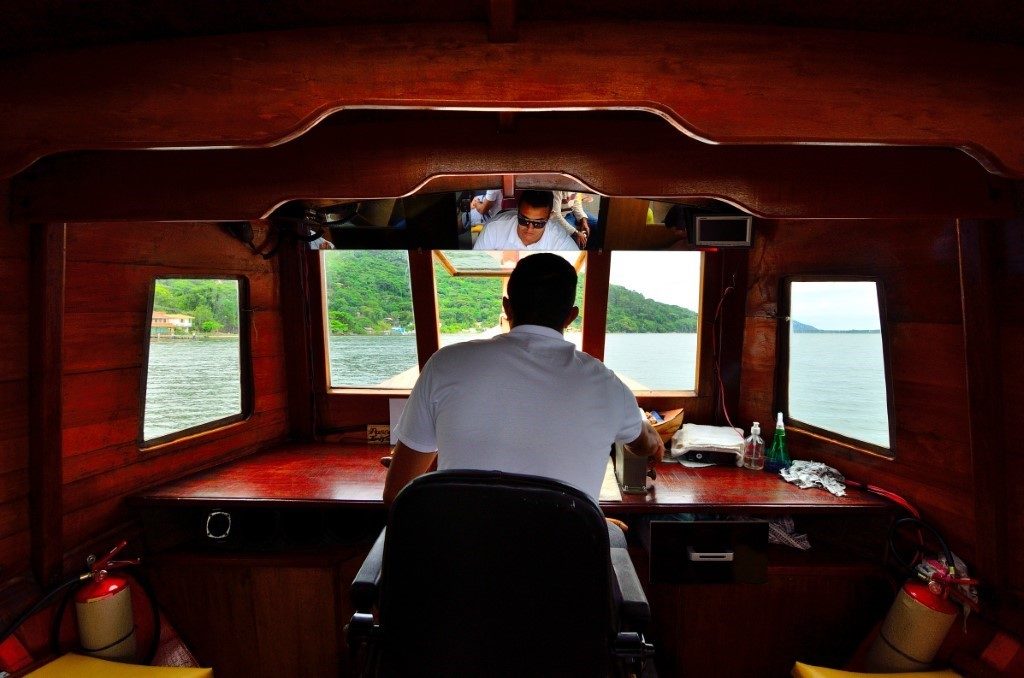
Fire Extinguisher
While it’s always a good idea to have a fire extinguisher handy, there are also minimum USCG fire extinguisher requirements for vessels that have enclosed living spaces, enclosed engine compartments, permanent fuel tanks, or have any flammable and highly combustible materials.
Here are the required extinguisher types for each vessel size:
- Marine vessels less than 26’: one B-I type hand portable fire extinguisher
- Marine vessels 26’ to 40’: two B-I or one B-II
- Marine vessels 40’ to 65’: three B-I or one B-II and one B-I
- Marine vessels over 65”: 1-8 (depending on the weight of the vessel) B-II, plus a fixed system in the machinery space
Fire extinguishers must be mounted in their brackets, be in good physical condition with no rust or dents, have operating gauges (if any), and have seals and tamper indicators in place.
It’s a good idea to test out your fire extinguisher or even practice using it before you are faced with an emergency fire situation. There are plenty of fire safety courses and instructional videos online that can help you gain familiarity with using a fire extinguisher.

First Aid Supplies
A good first aid kit should be present in every area you regularly spend time, including your boat. Get an all-encompassing boating first aid kit to help patch up all kinds of injuries–from light scrapes to serious wounds. These kits are preassembled with waterproof supplies and medical equipment to cover any time on onboard injury or accident.
Whether a younger boater cuts their finger, someone onboards gets motion sickness, or there is a true emergency, you’ll be glad to have a kit to help you handle the worst of it.
If you like to assemble your own supplies, you can put together a few medical aid items such as bandages, gauze, tape, and other things to create your own customized kit. Otherwise, purchase one of the many boating first aid kits that are fully stocked for any possible injury out on the water.

Sunscreen
One of the most easily forgotten safety items isn’t directly for your boat, but for yourself and others on board. Prevent a serious, harmful sunburn or even sunstroke by applying sunscreen before you venture out on your boat. Re-apply sunscreen after you swear or get in the water to ensure skin coverage from harmful sun damage and potential skin cancers. If it’s particularly sunny or hot outside, you may also want to consider outfitting your boat with some kind of boat awning to stay shaded.
There are many kinds of sunscreen and sun protectants available, but to get the most protection and prevent damage to organisms in the water you may swim or rinse off in, we suggest purchasing a reef-safe sunscreen.
As far as sunscreen rating goes, the American Academy of Dermatology suggests applying sunscreen that has an SPF of at least 30 since it blocks 97% of the sun’s UVB rays. If you are more fair-skinned or plan to be out on the water for a long time, you may want to apply a slightly higher SPF sunscreen.

Drinking Water
Like applying sunscreen or having a first aid kit handy, many people don’t realize how important staying hydrated is while out on the water. Bring a cooler full of water bottles, or a gallon of water to drink in order to prevent dehydration, fainting, and keep yourself and others cool.
However much water you may think you need, bring twice that amount. The standard for drinking water per person is about one gallon per day.
We offer a variety of coolers and water containers to store your drinks and keep items and snacks cool on those hot days. Make sure to keep any trash or empty plastic bottles in the cooler and dispose of them once you are back on land.
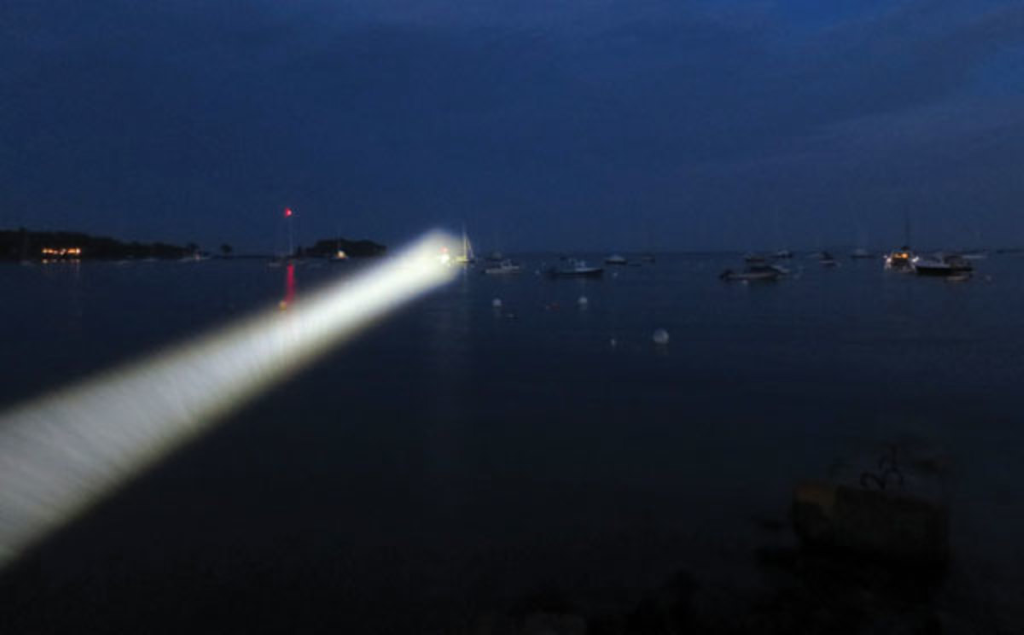
Flashlights
In addition to enhancing visibility, having a flashlight handy
It is a good idea to have a flashlight or other means of seeing in the dark or in dark spaces onboard your boat. There are so many different types of flashlights, torches, and even glow lights to help brighten your boat in the dark so that your eyes can see further.
A pocket flashlight makes it easy to see small, dark spaces or illuminate small workspaces. A larger flashlight or beam can provide a useful visual aid when looking outside and around your boat as well.
Backfire Flame Arrestor
Prevent an emergency before it occurs with proper safety equipment for your boat.
A boat backfires flame arrestor is a device used to stop flames, which can result from an engine backfiring or from flames encountering fuel and starting a fire onboard your boat. Motorboats and motor vessels, apart from outboard motors, must be equipped with an acceptable means of backfire flame control.
- Marine vessels must have one USCG approved or AE-J-1928 or UL 1111 standard compliant backfire flame arrestor for each carburetor on all gas-powered vessels.
- The backfire flame arrestor must be secured to the air intake with a flame-tight connection.
- Other acceptable forms of backfire flame control include air and fuel induction systems (usually found on personal watercraft), velocity stacks (attachments to carburetors), and reed-type (found in outboard motors).

Visual Distress Signal
All Recreational boats over 16 feet must be equipped with USCG approved visual distress signals (VSD), in order to signal to other boats, lighthouses, or emergency services.
Visual distress signals, as the name suggests, help other boats and emergency rescuers locate your boat so they know that you are in distress and can provide aid.
Exceptions: The exception to the USCG VSD requirement is boats operating on lakes (apart from the Great Lakes), sailboats under 26 feet without propulsion machinery, manually propelled boats, and boats participating in organized events.
These boats must carry a minimum of 3 approved night signals when operating from sunset to sunrise, and if pyrotechnic devices are selected, a minimum of three signals are required for day use and three signals for night use, although some signals (such as combination flares) can be used for both day and night.

Sound Producing Device
One of the most important aspects of boating safety is the ability to let other boaters and vessels know what actions you are taking, such as crossing, overtaking, or meeting. In these situations, no human-made sound can sufficiently relay a message quickly to other boats, making it necessary to use sound-producing devices such as bells, whistles, hailer horns, and horns, or even air-horns, in a pinch.
There are set requirements for sound-producing devices, depending on the size of your boat:
- All boats under 40’ should have a reliable sound-producing device such as a horn or whistle
- Boats over 40’ are also required to carry a bell
- Boats over 65.5’ must carry a bell and whistle, with an air horn or electric horn counting as a whistle. The mouth of the bell must be at least 7.87” in diameter and the whistle should hear from at least ½ a nautical mile
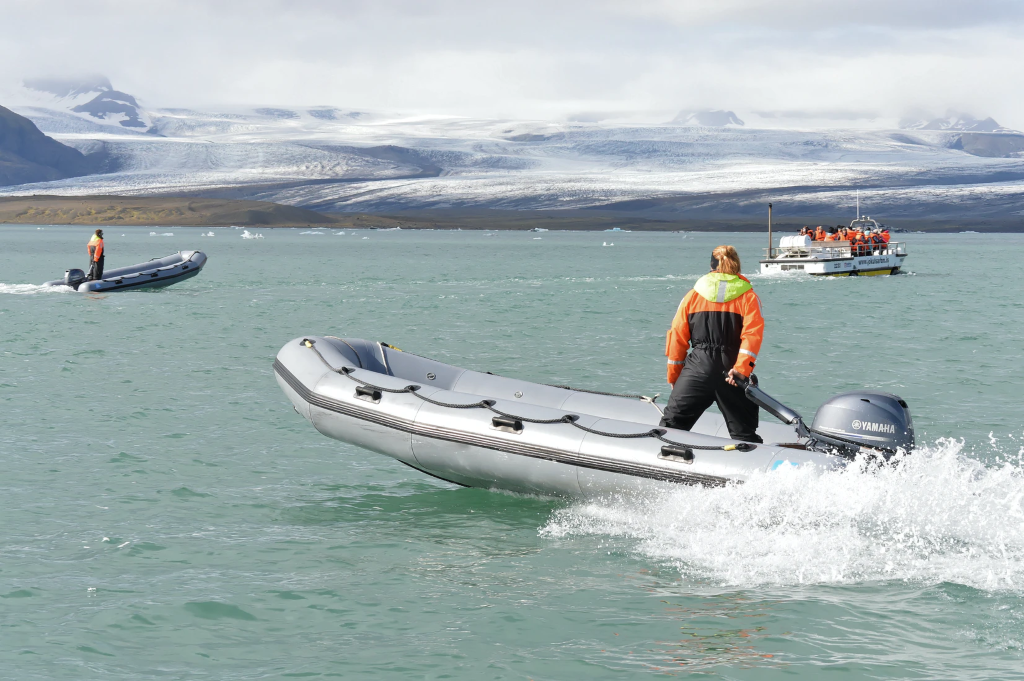
Extra Raft or Boat
A small life raft, inflatable kayak, or even a backup canoe can be immensely helpful to have onboard your main vessel. Whether there is a malfunction with your boat and you need to evacuate, or you are operating a larger boat that needs a contingency plan for passengers, an emergency life raft or two can ensure that everyone has a place to go if they need to evacuate the boat in a hurry.
There are many different types of life rants, but even the most basic inflatable boats can offer some reassurance and peace of mind, while others can fit a boat full of people and get them safely to sure.

Communication Device
Although most boats are required to have visual distress signals (VDS) and sound-producing devices (SPD), having a communication or location device such as an EPIRB, small radio, or your mobile phone onboard can also be a great help in case of emergency or inconvenience.
Both of these devices act as a way for you to easily contact others and for others to contact or locate you in case of emergency, bad weather, forgetting an important item, or any other safety-related concerns.

Get Everything for Your Boat
Shop the best quality boat safety accessories at the lowest prices online at Atlantic Marine Depot. Ensure that you have all the safety equipment and supplies you need before your boat hits the water. Get fast, free shipping on all orders over $99. Get marine electronics & boat accessories at the lowest prices. Shop our online inventory for the best marine & boat safety equipment for commercial boats, pleasure vessels, and fishing boats.

